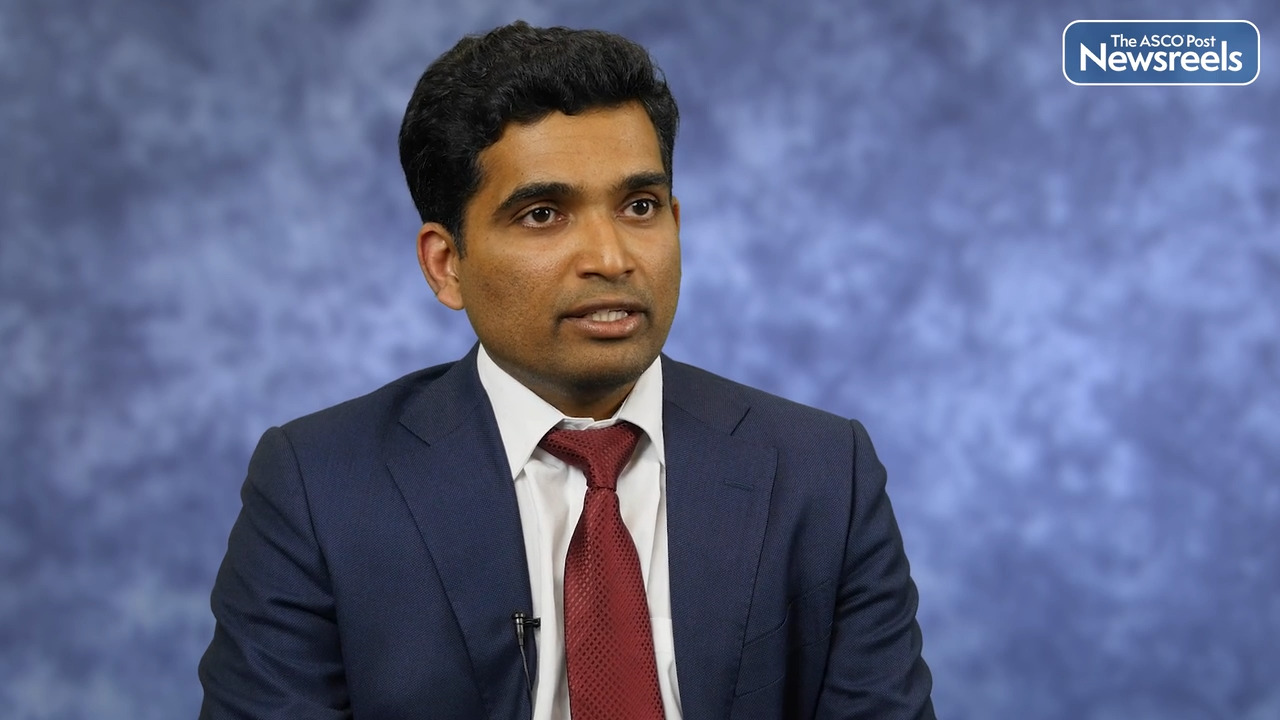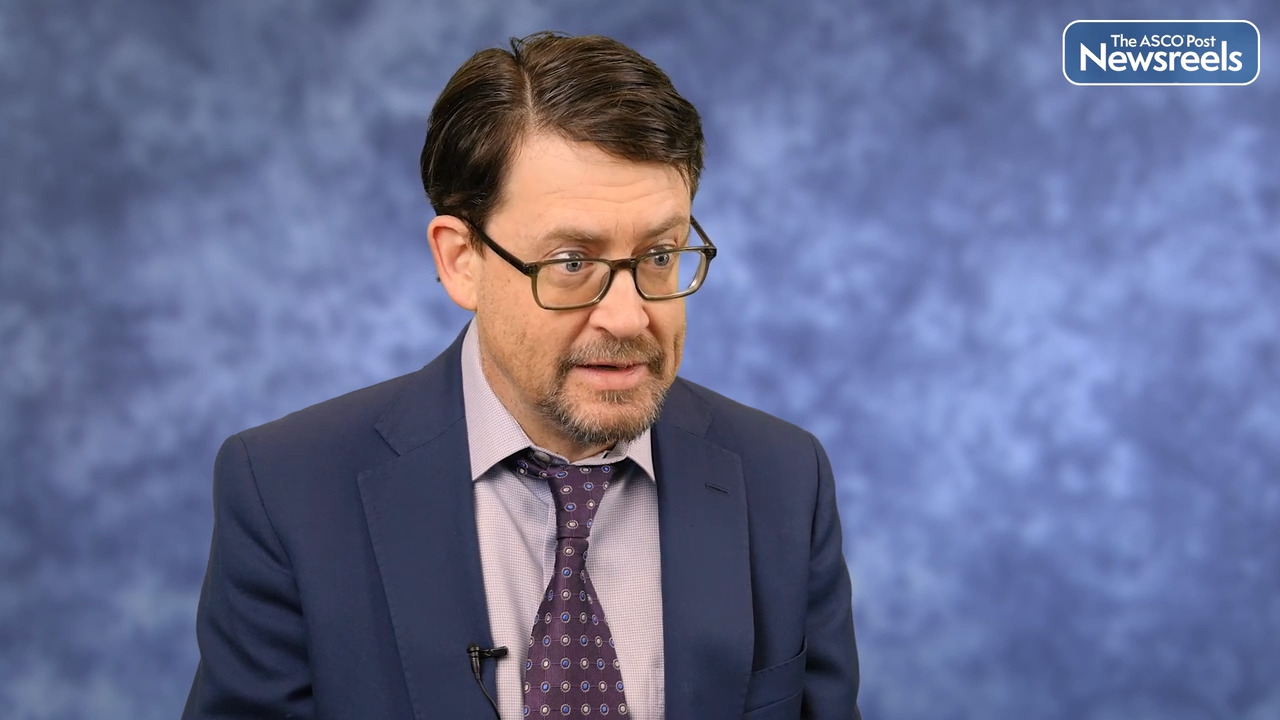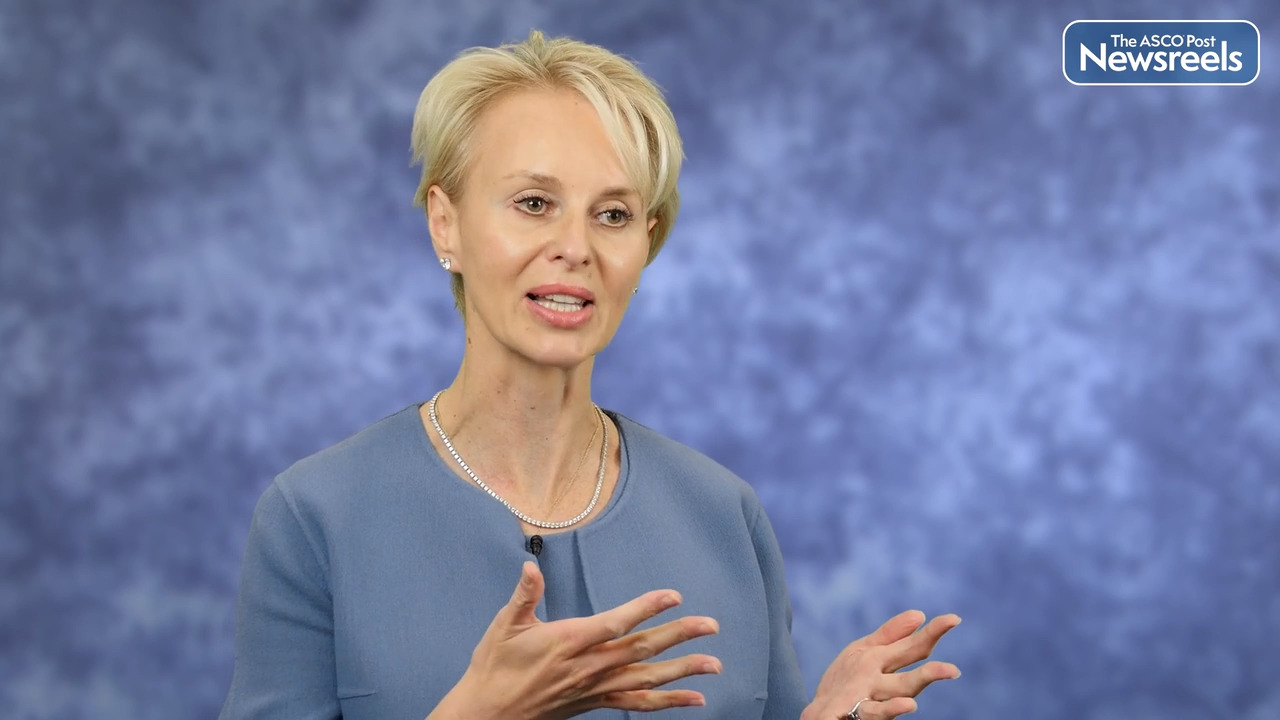Transcript
Disclaimer: This video transcript has not been proofread or edited and may contain errors.
Ella A. Kazerooni, MD:
Screening for lung cancer is a tremendous opportunity to not only reduce lung cancer mortality, but as the single biggest contributor to cancer mortality in general in the United States to reduce all cancer deaths most substantively. We are moving from the foundations of lung cancer screening into really practical operations to be able to reach people and deliver lung cancer screening. We know why we screen based on two evidence-based, randomized trials. We know when to screen them, how often to screen them, and we know how to manage positive screens by a standardized, structured recording and management tool. But where we are today is heterogeneous uptick of lung cancer screening across the US from as low as a few percent in some states to as high as 17 to 18% in other states. We know that the challenges of implementing lung cancer screening programs are very real. And it's important that we understand how to set up a lung cancer screening program for success with all the key elements, but critically important to understand how to reach the patient population at risk.
I think, when setting up a lung cancer screening program, there's no one right structure for each and every lung cancer screening program. It's important to understand what's the right program structure for your institution, your location, and your community. It can range from a centralized program where everything is done and coordinated through a central program structure to a very decentralized program where patients are referred for lung cancer screening and elements of the lung cancer screening program are carried out by the ordering provider, for example. Again, no one right size program for every single practice location. We know who to identify for lung cancer screening by age and pack years, but how we reach patients eligible for screening can be challenging. For example, we know 50 to 80 years of age with a 20 pack year history of cigarette smoking or greater, but how do you find those patients?
Certainly we can do community education and educate our primary care providers, but can we use other tools, say it's our electronic health records, to identify those patients more easily and invite them directly for lung cancer screening or reach out to their primary care providers? Or because pack year history is not so good in the EHRs, can we take a first pass and just identify individuals who currently or previously smoked, and then take a second pass to dig into their pack year history? Other important elements of lung cancer screening programs that are important include shared decision making. For example, the conversation about risk and benefits of lung cancer screening with an individual. Things like colon cancer and breast cancer screening are much more accepted and have been around for a longer amount of time. But making sure people now know and understand what lung cancer screening is about and what it can do for their health or those they love is important to understand.
And another key important element of a lung cancer screening program is tobacco cessation. The best way to reduce lung cancer risk is to stop cigarette smoking. And we know that this is a journey for patients that can take six, eight, 10, or more quit attempts. And integrating smoking cessation materials and programming into a lung cancer screening program is key for success and meeting patients when they're ready. The radiology component involves, of course, a low-dose radiation CT scan with a structured, standardized reporting schema and management output, making sure that the dose is indeed low-dose. We're seeing more and more programs go from being fixed CT scanners in facilities to mobile lung cancer screening programs popping up, similar to what's done in screening mammography. Once you have an abnormal screen, it's important to make sure you connect patients to the next step in their diagnostic journey and know what that is for your practice.
You may have a very centralized health system and a well-organized thoracic oncology and lung cancer screening program that work together for referral, but you may be in an area where patients are 60 to 100 miles from the nearest specialist. So when that abnormal screen pops up for a patient, knowing who you're going to refer to and connect to for the next steps of management is important. And then lastly, chest CT scans have been around for several decades and used for all sorts of indications, chest pain, heart disease, lung disease, and so on. And so when we do these low-dose chest CTs, we're going to find incidental findings that you aren't looking for outside the lungs. It could include severe coronary calcium, aortic aneurysms, or even masses in the lower neck, other parts of the chest, or upper abdomen that can be cancer. And just under 20% of people who go for lung cancer screening may have a significant or potentially significant actual finding.
So making sure patients are ready and aware that that may happen as well, as your primary care physicians, and providing them the best tools to manage those incidental finding is critically important. Finally, we know that it's hard to get resources to build lung cancer screening programs as well as incidental nodule programs. The core elements of having a tracking tool and a nurse navigator are critically important to success and building program communication with patients to make sure they come back for annual screening and those follow-up interval tests they need.
The American Cancer Society's National Lung Cancer Roundtable has developed a tool called Lung Plant available on their website at nlcrt.org, which will walk people through a very simple approach to what resources you might need by entering some simple things about your practice location. It's simply a big Excel spreadsheet in the background, but asks you questions about your practice type, a smoking risk in your community and what resources you already have. And it takes this information and basically builds a financial performer or ROI for you so that you can understand the resources you need, and more importantly, the return on investment to your facility or healthcare system from investing in lung cancer screening so that you can invest and be successful.





